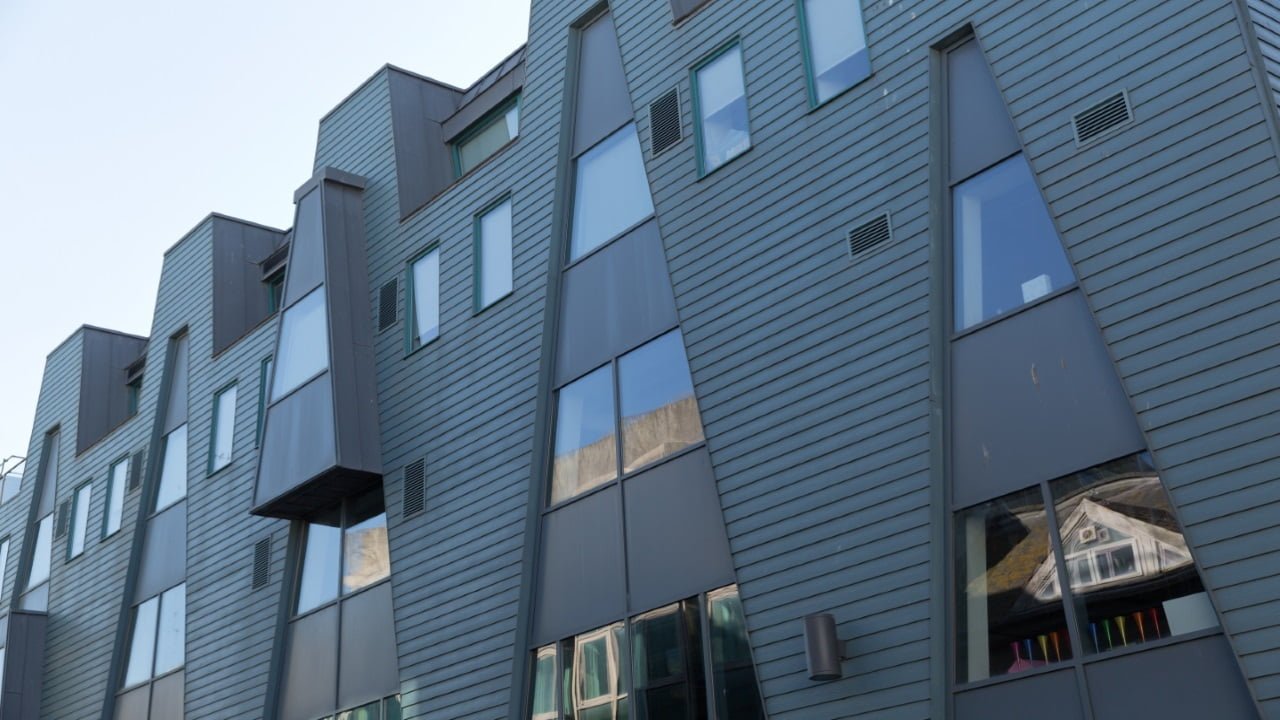In December 2018, the government published Advice Note 14 to the concern of many in the housing and construction sectors. The Advice Note seeks to “clarify” the government’s position on duties owed by tall building owners to take fire precautions in relation to external wall systems (“systems”) in residential buildings over 18 metres in height (“tall buildings”). In doing so, the government has seemingly snuck new and retrospective obligations in through the back door.
Our previous article explained what Advice Note 14 means for owners of existing tall buildings. Now, we consider what practical steps these owners should take to comply with Advice Note 14.
First Steps
- Identify your tall buildings: Many of our clients are responsible for hundreds if not thousands of residential buildings. It will be necessary to identify which of these are “tall buildings”.
- Prioritise your investigations: If you have several tall buildings, it may seem difficult to know where to start. You might consider the number and vulnerability of occupants, level of risk, presence or otherwise of existing fire suppression measures, and the requirements of any insurance cover.
- Locate all records and as-built information in respect of your tall buildings: You will need to understand the system’s build-up. As-built drawings should contain this information, and if you do not hold copies, you should request them from someone who might (e.g. the Employer’s Agent or the original Contractor).
- Confirm what materials make up the system: Review your drawings and other technical information to determine what materials make up the system, including external panels, frames, insulation, and cavity barriers.
- Seek advice on whether these materials are “of limited combustibility”: Materials of limited combustibility are defined by reference to the Building Regulations. Seek expert advice if you have any uncertainty as to the classification of materials in your system.
What Next?
Your next steps will depend on whether or not your system includes only materials which are of limited combustibility, and we consider both scenarios below.
Scenario 1: My system only includes materials of limited combustibility
While this is good news, it is not the end of your obligations under Advice Note 14. It will still be necessary to ensure that the system has been installed and maintained appropriately. We would recommend the following:
- Identify whether you require external expert advice: If you do not have suitably qualified internal resource to properly assess the safety of your systems, we would recommend seeking the advice of appropriate experts.
- Ensure that the design of your system was appropriate: If your system has not been designed properly in the first place, there is every possibility that the subsequent installation will not be “appropriate” or considered “safe”.
- Inspect the as-built construction of your tall buildings: Even if you have a compliant design, it will be necessary to ensure that the system has been correctly installed and maintained. While not expressly stated in the Advice Note, any inappropriate installation will need to be rectified.
Scenario 2: My system contains materials which are not of limited combustibility
This will present a much greater likelihood that your tall building will not be considered “safe”. In this situation, we would recommend the following steps:
- Confirm whether the system was subject to a successful BS 8414 test: This is very rare, but if you are one of the lucky few, it will be necessary to ensure that the system was installed in accordance with that test and also to carry out the steps outlined above in respect of systems only containing materials of limited combustibility.
- If not, seek immediate professional advice: In the worst case scenario, the Advice Note recommends seeking immediate advice from appropriate professionals as to what you should do next. This may include obtaining an updated Fire Risk Assessment, implementing costly mitigation measures, and potentially carrying out remedial works until the system can be considered “safe”.
The expectation is that the guidance included in Advice Note 14 will be incorporated into the updated regulatory regime that is expected later this year. In the circumstances, we would not recommend that tall building owners delay in taking the outlined steps.
We at Devonshires are well placed to advise on all aspects of fire safety in tall buildings and broader health and safety obligations. We can connect you to experienced experts and provide advice on whether you are able to recover costs from third parties.
Download a copy of our checklist here.
If you require further advice on the implications of this article, please contact Mark London, Matthew Cocklin or Conor Rodgers of this firm.
